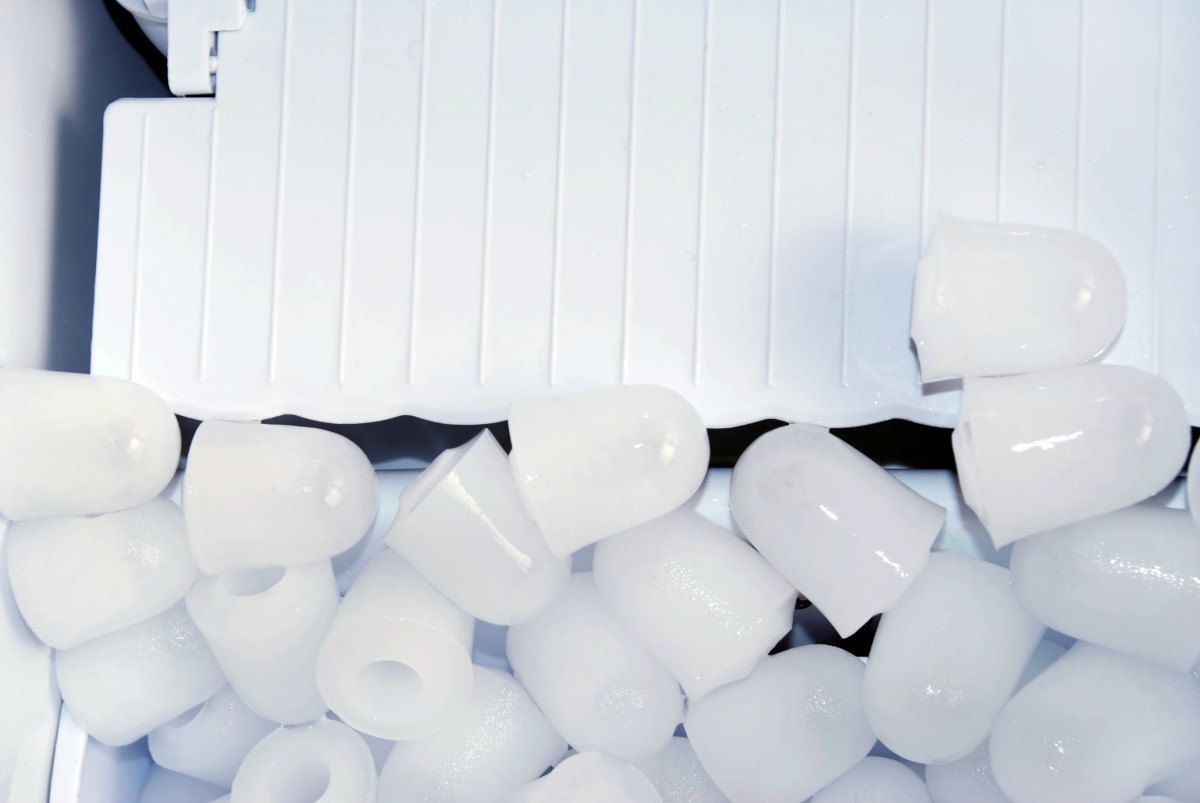

Articles
Why Does My Ice Maker Overflow
Modified: August 19, 2024
Discover why your ice maker may be overflowing and learn how to fix it with helpful articles and tips. Don't let a messy ice maker ruin your day. Explore now!
(Many of the links in this article redirect to a specific reviewed product. Your purchase of these products through affiliate links helps to generate commission for Storables.com, at no extra cost. Learn more)
Introduction
Ice makers are a convenient and popular feature in modern refrigerators. They provide us with a constant supply of ice cubes, making it easy to enjoy chilled beverages whenever we want. However, at times, ice makers can encounter issues that can disrupt their smooth operation. One common problem that many people face is an overflowing ice maker.
Have you ever opened your freezer to find an overflow of ice spilling out from the ice maker? It can be frustrating and messy to deal with. But fear not, as we are here to help you understand why your ice maker overflows and how to prevent it from happening in the future.
Understanding the inner workings of an ice maker can provide valuable insights into the causes of overflow. Ice makers work by filling a tray with water, which is then frozen to form ice cubes. Once the ice is ready, a mechanism is activated to release the cubes into a storage bin. However, when something goes wrong in this process, it can lead to excess water filling the tray and causing an overflow.
In this article, we will explore the common causes of ice maker overflow and provide preventive measures to help you avoid this frustrating issue. So, let’s dive in and unravel the mysteries behind overflowing ice makers!
Key Takeaways:
- Prevent ice maker overflow by addressing issues such as faulty water inlet valves, frozen water supply lines, and defective water level sensors. Regular maintenance and monitoring can ensure a consistent supply of ice without the mess.
- Implement preventive measures like adjusting ice size settings, regulating water pressure, and following manufacturer’s guidelines to maintain a healthy ice maker. By taking proactive steps, you can enjoy a hassle-free ice-making experience.
Read more: Why Does My Ice Maker Ice Taste Funny
Understanding how ice makers work
Before we delve into the reasons behind ice maker overflow, let’s take a moment to understand the basic mechanism of how ice makers work.
Most modern ice makers use an automated process to produce ice cubes. The process begins by filling a tray with water through a water inlet valve. This valve is connected to the main water supply and is controlled by a solenoid. Once the water fills the tray, it is cooled down to a freezing temperature by a cooling system present in the freezer compartment of the refrigerator.
When the water reaches the desired freezing temperature, the cooling system initiates an automatic cycle to freeze the water into ice. This is accomplished by cooling the tray and allowing the water to solidify. The cooling process usually takes a few hours, after which the ice cubes are ready to be ejected from the tray.
Once the ice is formed, the ice maker goes into a harvesting phase. This is when an electric motor or a heating element is activated to loosen the ice cubes from the tray. The ice cubes are then released into a storage bin located below the ice maker.
The entire process is controlled by a series of sensors and valves that monitor the water level, temperature, and ice formation. These sensors ensure that the ice maker operates efficiently and produces the desired quantity and quality of ice cubes.
Now that we have a basic understanding of how ice makers work, let’s explore the common causes of ice maker overflow and how they can be addressed.
Common causes of ice maker overflow
Ice maker overflow can be caused by a variety of factors, ranging from simple issues to more complex malfunctions. Understanding these causes can help you identify the problem and take appropriate measures to prevent future overflow. Let’s take a look at some of the common causes:
- Faulty water inlet valve: A malfunctioning water inlet valve can lead to excessive water entering the ice maker tray, causing overflow. This can happen if the valve fails to shut off properly and continues to allow water to flow even when the tray is full.
- Frozen water supply line: If the water supply line leading to the ice maker gets frozen, it can cause a blockage and prevent proper water flow. As a result, when the ice maker attempts to fill the tray, the water may overflow instead of filling it.
- Defective water level sensor: The water level sensor is responsible for detecting the amount of water in the ice maker tray. If this sensor becomes faulty or fails to accurately measure the water level, it may cause the ice maker to overfill and overflow.
- Clogged or malfunctioning water filter: A clogged water filter can restrict water flow to the ice maker, leading to low water pressure or irregular water supply. In some cases, a malfunctioning water filter may cause water to bypass the filter altogether, resulting in excess water entering the ice maker and causing overflow.
- High water pressure: Excessive water pressure can overwhelm the ice maker and cause it to overflow. High water pressure not only increases the flow rate of water into the tray but can also put additional strain on the water inlet valve, leading to malfunction.
- Incorrect ice size setting: Some ice makers allow you to adjust the size of the ice cubes produced. If the ice size setting is incorrectly adjusted, it can lead to the production of oversized ice cubes, which may not properly dispense from the tray and cause overflow.
- Malfunctioning ice maker module: The ice maker module encompasses various components like the motor, thermostat, and heating element. If any of these components malfunction or fail, it can disrupt the proper functioning of the ice maker, resulting in overflow.
These are just a few examples of the common causes of ice maker overflow. It’s important to identify the specific cause in your situation to address the problem effectively. In the next section, we will explore preventive measures that can help you avoid ice maker overflow altogether.
Faulty water inlet valve
A faulty water inlet valve is a common culprit when it comes to ice maker overflow. The water inlet valve is responsible for controlling the flow of water into the ice maker tray. If it fails to shut off properly, it can result in an excessive amount of water entering the ice maker, leading to overflow.
There are a few signs that can indicate a faulty water inlet valve:
- The ice maker continuously fills with water even when the tray is full.
- Water continues to drip into the ice maker even when it is turned off.
- The ice maker produces oversized or malformed ice cubes.
If you suspect that a faulty water inlet valve is causing the overflow, here are some steps you can take to address the issue:
- Inspect the water inlet valve: Locate the water inlet valve, which is usually located at the back of the refrigerator. Check for any visible signs of damage or leakage. If you notice any issues, the valve may need to be replaced.
- Clean the water inlet valve: Sometimes, the water inlet valve can become clogged with debris, affecting its functionality. Turn off the water supply to the refrigerator and carefully clean the valve using a soft brush or cloth. Remove any sediment or mineral buildup that may be obstructing the valve’s operation.
- Replace the water inlet valve: If cleaning the valve does not resolve the issue, it may be necessary to replace it. Consult the refrigerator’s manual or contact a professional technician to ensure you select the correct replacement valve for your specific model.
- Call a professional technician: If you are unsure about inspecting or replacing the water inlet valve, it is advisable to seek the assistance of a qualified technician. They have the expertise and tools to diagnose and resolve the issue safely and effectively.
By addressing a faulty water inlet valve promptly, you can prevent further ice maker overflow and ensure the smooth operation of your ice maker.
Frozen water supply line
A frozen water supply line is another common cause of ice maker overflow. The water supply line carries water from the main supply to the ice maker. When this line becomes frozen, it can lead to a blockage, preventing proper water flow and causing overflow when the ice maker tries to fill the tray.
Here are some signs that indicate a frozen water supply line:
- No water is being dispensed into the ice maker tray.
- You hear a buzzing or humming sound coming from the refrigerator.
- The water dispenser is also not functioning, indicating a frozen supply line.
To address a frozen water supply line and prevent ice maker overflow, you can follow these steps:
- Locate the water supply line: The water supply line is typically located at the back of the refrigerator. Look for any visible signs of freezing, such as ice buildup or condensation.
- Thaw the water supply line: Turn off the ice maker and unplug the refrigerator. Use a hairdryer on a low heat setting or a warm towel to gently thaw the frozen section of the water supply line. Take care not to apply excessive heat, as it can damage the plastic or rubber components of the line.
- Check for obstructions: Once the line is thawed, inspect it for any obstructions or debris. Clear away any obstacles that may impede water flow.
- Insulate the water supply line: To prevent future freezing, consider insulating the water supply line. You can use foam pipe insulation or heat tape specifically designed for water lines. This insulation helps to maintain a consistent temperature and reduce the risk of freezing.
- Monitor the temperature: Ensure that the temperature in the freezer compartment is set at the recommended level. Keeping the temperature too low can increase the likelihood of the water supply line freezing.
If you have tried thawing the water supply line and insulating it but continue to experience ice maker overflow, it is advisable to consult a professional technician. They can thoroughly inspect and diagnose the issue and recommend the most appropriate solution to prevent future overflow.
Addressing a frozen water supply line promptly can ensure the proper functioning of your ice maker and prevent the mess and inconvenience of overflow.
Read more: Why Is My Ice Melting In My Ice Maker
Defective water level sensor
A defective water level sensor is another potential cause of ice maker overflow. The water level sensor is responsible for detecting the amount of water in the ice maker tray and signaling the water inlet valve to stop filling when the desired level is reached. If the sensor malfunctions or fails to accurately measure the water level, it can lead to overfilling and subsequent overflow.
Here are some signs that may indicate a defective water level sensor:
- The ice maker continuously fills with water, even when the tray is already full.
- The ice cubes are consistently larger or misshapen due to excessive water fill.
- The ice maker does not shut off when it should, causing overflow.
To address a defective water level sensor and prevent ice maker overflow, you can take the following steps:
- Inspect the water level sensor: Locate the water level sensor in the ice maker unit. Check for any visible signs of damage or misalignment. Ensure that the sensor is clean and free from any debris that could affect its functionality.
- Test the water level sensor: Use a multimeter or consult the refrigerator’s manual to determine how to test the water level sensor. Follow the instructions provided to check the sensor’s continuity or resistance. If the sensor fails the test, it may need to be replaced.
- Replace the water level sensor: If the water level sensor is found to be defective, it should be replaced. Consult the refrigerator’s manual or contact a professional technician to ensure that you select the correct replacement sensor for your specific model.
- Call a professional technician: If you are unsure about inspecting or replacing the water level sensor, it is recommended to seek the assistance of a qualified technician. They have the expertise and tools to diagnose and resolve the issue safely and effectively.
In some cases, recalibrating the water level sensor may also help resolve the problem. Consult the refrigerator’s manual for instructions on how to recalibrate the sensor, as it can vary depending on the model and manufacturer.
By addressing a defective water level sensor, you can ensure that your ice maker functions properly, preventing overflow and ensuring a consistent supply of ice cubes.
Check the water inlet valve for any blockages or malfunctions. This valve controls the flow of water into the ice maker and a faulty valve can cause overflow.
Clogged or malfunctioning water filter
A clogged or malfunctioning water filter can also contribute to ice maker overflow. The water filter is designed to remove impurities from the water supply, ensuring that the ice produced is clean and clear. However, if the water filter becomes clogged or malfunctions, it can restrict water flow to the ice maker or cause water to bypass the filter altogether, leading to excessive water entering the ice maker tray.
Here are some indications that may suggest a clogged or malfunctioning water filter:
- Low water pressure when using the water dispenser at your refrigerator.
- Cloudy or discolored ice cubes.
- An unusual taste or odor in the water or ice.
To address a clogged or malfunctioning water filter and prevent ice maker overflow, you can follow these steps:
- Locate and inspect the water filter: Refer to the refrigerator’s manual to locate the water filter. Remove the filter and visually inspect it for any signs of clogging, such as sediment or debris. If the filter is damaged or past its recommended lifespan, it is advisable to replace it.
- Replace the water filter: If the water filter is clogged or malfunctioning, it should be replaced. Consult the refrigerator’s manual or contact the manufacturer to identify the appropriate replacement filter for your specific model. Follow the instructions provided to remove the old filter and install the new one correctly.
- Flush the water system: After replacing the water filter, it is recommended to flush the water system to remove any air or impurities. Follow the instructions in the refrigerator’s manual or simply dispense a few gallons of water from the water dispenser until the water runs clear and without any contaminants.
- Regularly replace the water filter: To maintain optimal performance and prevent future clogs or malfunctions, it is important to replace the water filter according to the manufacturer’s recommended schedule. This can vary based on factors such as usage and water quality.
It is worth noting that some refrigerators have bypass plugs or options to bypass the filter system altogether. If you choose to bypass the filter, ensure that your water supply is clean and safe for consumption.
If you continue to experience ice maker overflow even after replacing the water filter, it is advisable to consult a professional technician. They can inspect and diagnose any underlying issues with the filtration system and provide the appropriate solution.
By maintaining a clean and properly functioning water filter, you can prevent clogs and ensure that your ice maker produces ice cubes without overflowing.
High water pressure
High water pressure can be a contributing factor to ice maker overflow. While water pressure is necessary for the proper functioning of the ice maker, excessive pressure can overwhelm the system and lead to overflow. High water pressure not only increases the rate at which water enters the ice maker tray but can also put additional strain on the water inlet valve, causing it to malfunction.
Here are some signs that may indicate high water pressure:
- Noise or banging sounds when using the water dispenser.
- Leaks or dripping from the water dispenser or the back of the refrigerator.
- Short-lived appliances or plumbing fixtures due to excessive pressure.
To address high water pressure and prevent ice maker overflow, you can take the following steps:
- Measure the water pressure: Use a water pressure gauge to measure the pressure coming from the water supply line. The recommended water pressure for most households is typically between 40 to 60 pounds per square inch (psi). If the pressure exceeds this range, it may be necessary to reduce it to prevent overflow.
- Install a pressure regulator: A pressure regulator, also known as a pressure-reducing valve, can be installed in the water supply line to regulate the water pressure. This device helps to maintain a consistent and safe pressure level for the ice maker and other household plumbing fixtures.
- Contact a professional plumber: If you are unsure about measuring and adjusting the water pressure or installing a pressure regulator, it is advisable to consult a professional plumber. They have the expertise and tools to assess the water pressure and implement the necessary measures to prevent high pressure-related issues.
- Regularly check the water pressure: Even after installing a pressure regulator, it is important to periodically check the water pressure to ensure it remains within the recommended range. Fluctuations in water pressure can occur over time, and it is essential to address them promptly.
By addressing high water pressure, you can prevent overflow and potential damage to your ice maker and other plumbing fixtures. Maintaining a stable and safe water pressure ensures the efficient operation of your ice maker and prolongs its lifespan.
Incorrect ice size setting
The ice size setting on your ice maker controls the amount of water that fills the ice cube tray, determining the size of the ice cubes produced. If the ice size setting is incorrect or improperly adjusted, it can result in oversized ice cubes that do not dispense properly from the tray. As a result, the ice tray may overflow when the ice maker attempts to release the cubes.
Here are a few indicators that the ice size setting may be incorrect:
- The ice cubes are consistently larger than the desired size.
- Ice cubes get stuck or do not dispense properly from the tray.
- Overflow occurs when the ice maker releases the cubes into the storage bin.
To address an incorrect ice size setting and prevent overflow, you can take the following steps:
- Inspect the ice size setting: Check the control panel or user interface of your ice maker to locate the ice size setting. Ensure that it is set to the desired size, usually small, medium, or large. If the setting appears to be incorrect, adjust it accordingly.
- Test different ice size settings: If you are unsure about the ideal ice size setting for your preference and ice maker, experiment with different settings. Monitor the ice production and size to determine the most suitable setting that produces well-formed ice cubes without causing overflow.
- Reset the ice maker: In some cases, resetting the ice maker can help resolve issues with the ice size setting. Refer to the refrigerator’s manual or consult the manufacturer’s instructions on how to properly reset the ice maker.
- Call the manufacturer: If you have tried adjusting the ice size setting and resetting the ice maker, but the problem persists, contact the manufacturer’s customer support for further assistance. They can provide troubleshooting steps or recommend a service technician if needed.
It’s important to ensure that the ice size setting is correct to prevent overflow and ensure the proper functioning of your ice maker. Regularly check the ice cubes produced to confirm that they are the desired size and that the tray does not overflow during the dispensing process.
By properly adjusting the ice size setting, you can enjoy appropriately sized ice cubes without the inconvenience of overflow.
Read more: Why Does My Opal Ice Maker Squeak
Malfunctioning ice maker module
A malfunctioning ice maker module can contribute to ice maker overflow. The ice maker module is a complex system comprising various components such as the motor, thermostat, and heating element. If any of these components malfunction or fail to operate correctly, it can disrupt the ice-making process and result in overflow.
Here are some signs that may indicate a malfunctioning ice maker module:
- The ice maker fails to produce ice cubes consistently.
- The ice cubes are irregularly shaped or misformed.
- The ice maker makes unusual noises during operation.
- Overflow occurs when the ice maker releases the cubes into the storage bin.
To address a malfunctioning ice maker module and prevent overflow, you can take the following steps:
- Inspect the ice maker module: Access the ice maker module, usually located inside the freezer compartment. Check for any visible signs of damage, loose connections, or obstructions that may be affecting its operation. Clean the module and remove any ice buildup or debris that could be causing the malfunction.
- Reset the ice maker: Some ice maker modules allow for a manual reset. Refer to the refrigerator’s manual or consult the manufacturer’s instructions on how to properly reset the ice maker module. This can help restore proper functionality and resolve minor issues that may be causing overflow.
- Call a professional technician: If the issue persists or if you are unable to diagnose and resolve the problem, it is advisable to seek the assistance of a qualified technician. They have the expertise and specialized tools to diagnose the malfunctioning ice maker module and provide appropriate repair or replacement.
- Consider an ice maker replacement: If the ice maker module is severely damaged or if repairs are not feasible, you may need to consider replacing the entire ice maker unit. Consult the manufacturer or a professional technician to determine the most suitable replacement unit for your refrigerator model.
Regular maintenance of the ice maker module, such as cleaning and ensuring proper connections, can help prevent malfunctions. Be sure to follow the manufacturer’s guidelines for cleaning and maintenance to maximize the performance and longevity of your ice maker.
By addressing a malfunctioning ice maker module, you can avoid overflow and ensure that your ice maker functions optimally, providing a consistent supply of ice cubes.
Preventive measures for ice maker overflow
Preventing ice maker overflow requires a combination of regular maintenance, proper usage, and understanding the factors that can contribute to the issue. By following these preventive measures, you can minimize the risk of overflow and ensure the smooth operation of your ice maker:
- Regularly inspect and clean the ice maker: Routinely check the ice maker for any visible signs of damage, debris, or ice buildup. Clean the ice maker tray and surrounding components with warm water and mild soap, ensuring that there are no blockages or obstructions that can lead to overflow.
- Monitor the water level: Keep an eye on the water level in the ice maker tray. If the water level appears consistently high or exceeds the recommended level, it may indicate an issue with the water inlet valve, water level sensor, or high water pressure. Address these issues promptly to prevent overflow.
- Replace the water filter regularly: Follow the manufacturer’s guidelines for replacing the water filter at the recommended intervals. A clogged or malfunctioning water filter can restrict water flow and lead to overflow. Regular replacement ensures clean and unrestricted water supply to the ice maker.
- Adjust the ice size setting: Ensure that the ice size setting is adjusted correctly to produce ice cubes of the desired size. Experiment with different settings to find the right balance and avoid oversized ice cubes that can cause overflow.
- Maintain proper water pressure: Monitor and regulate the water pressure to ensure it remains within the recommended range, typically between 40 to 60 pounds per square inch (psi). Install a pressure regulator if necessary to prevent high water pressure, which can overwhelm the ice maker and lead to overflow.
- Regularly clean the water supply line: Over time, sediment and debris can accumulate in the water supply line, obstructing water flow and potentially causing overflow. Periodically clean the water supply line to remove any buildup and maintain consistent water flow to the ice maker.
- Investigate and address any malfunctions promptly: If you notice any irregularities in the ice maker’s performance, such as inconsistent ice production, misshapen ice cubes, or unusual noises, investigate and address the issue promptly. Ignoring these signs can lead to further complications, including overflow.
- Follow manufacturer’s guidelines: Always refer to the refrigerator’s manual and follow the manufacturer’s guidelines for usage, maintenance, and troubleshooting. Each model may have specific recommendations, and adhering to them can help prevent overflow and prolong the lifespan of your ice maker.
By practicing these preventive measures, you can significantly reduce the likelihood of ice maker overflow and ensure that your ice maker operates efficiently and reliably.
Conclusion
Ice maker overflow can be a frustrating issue to deal with, but understanding the common causes and implementing preventive measures can help you avoid this problem altogether. By taking proper care of your ice maker and addressing any issues promptly, you can ensure that it operates smoothly and provides a consistent supply of ice cubes without the mess of overflow.
Throughout this article, we have explored the various reasons behind ice maker overflow, including faulty water inlet valves, frozen water supply lines, defective water level sensors, clogged or malfunctioning water filters, high water pressure, incorrect ice size settings, and malfunctioning ice maker modules. Recognizing the signs of these issues and taking appropriate measures, such as cleaning, adjusting settings, or seeking professional assistance, can help mitigate the risk of overflow.
Furthermore, we have discussed preventive measures to maintain the proper functioning and performance of your ice maker. Regular inspection, cleaning, and maintenance, along with monitoring water levels, replacing water filters, regulating water pressure, and following manufacturer’s guidelines, will contribute to the overall health of your ice maker and minimize the chances of overflow.
Remember, a well-maintained ice maker not only prevents overflow but also ensures that you have a constant supply of ice cubes for refreshing beverages and enjoyable moments. By implementing these preventive measures and seeking prompt resolution for any malfunctions, you can enjoy the convenience of your ice maker without the hassle of overflow.
So, take the necessary steps to maintain your ice maker’s health and keep the ice flowing smoothly, allowing you to chill out and savor a cold drink whenever you desire.
Frequently Asked Questions about Why Does My Ice Maker Overflow
Was this page helpful?
At Storables.com, we guarantee accurate and reliable information. Our content, validated by Expert Board Contributors, is crafted following stringent Editorial Policies. We're committed to providing you with well-researched, expert-backed insights for all your informational needs.
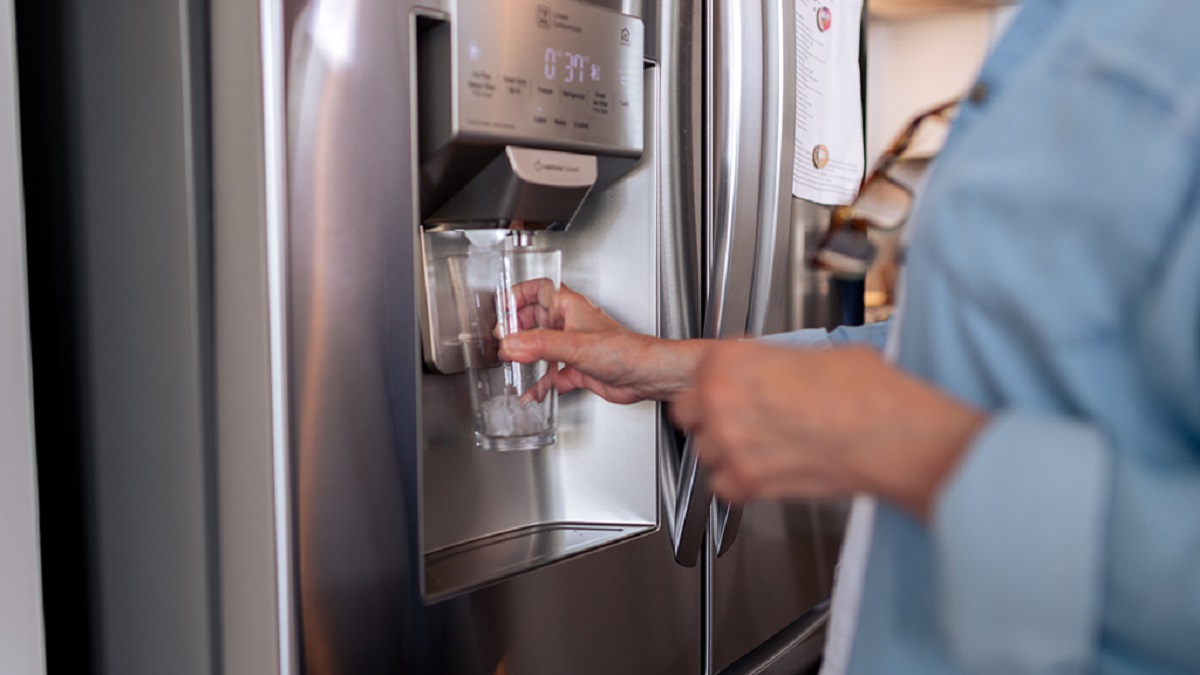
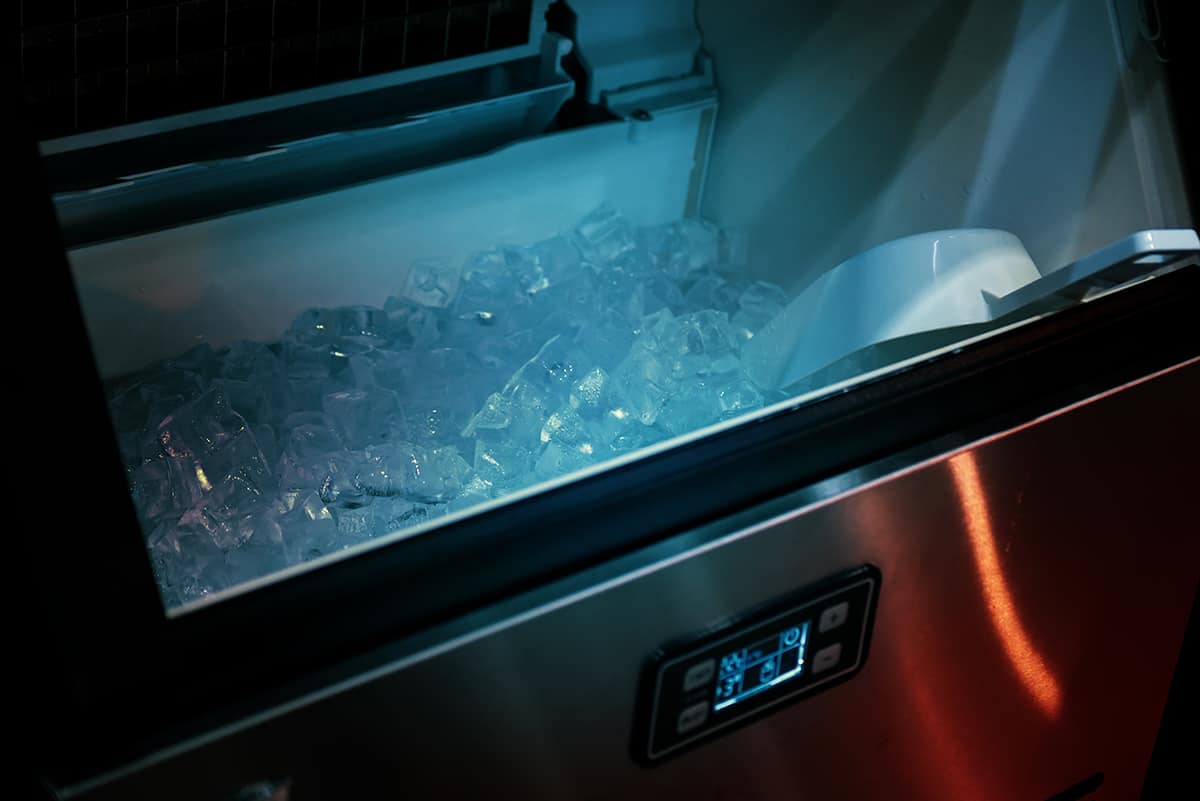
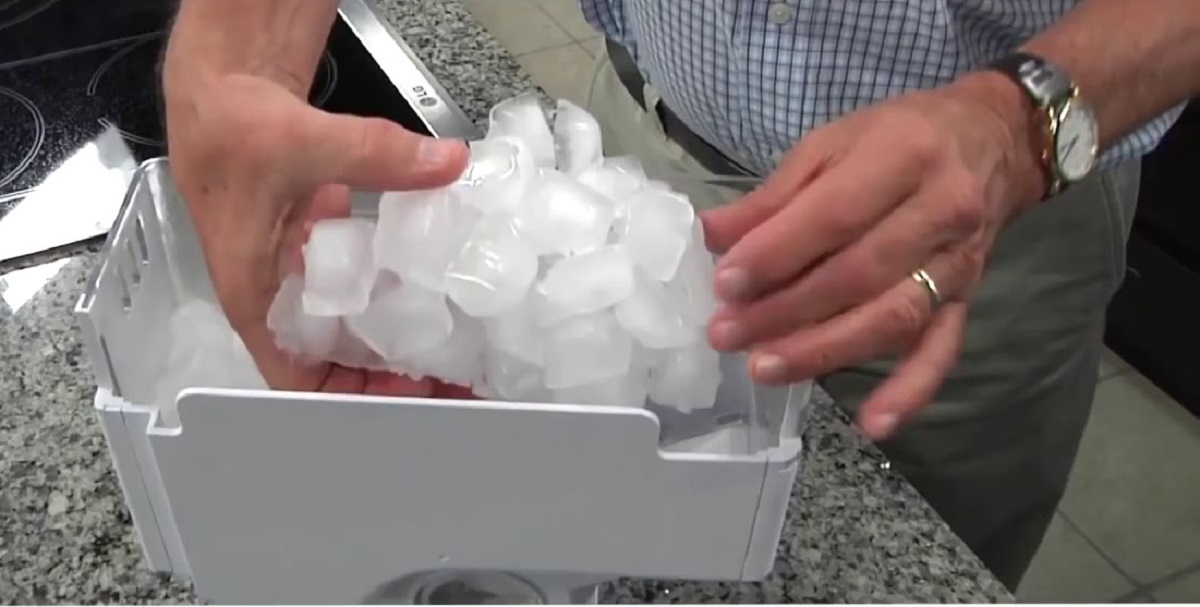
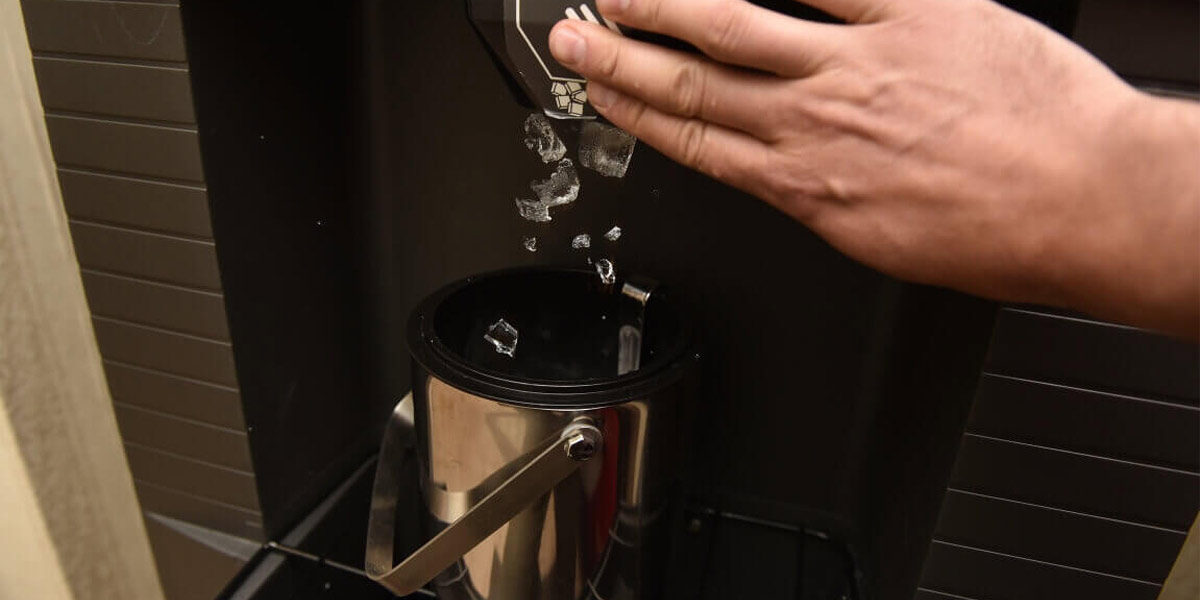
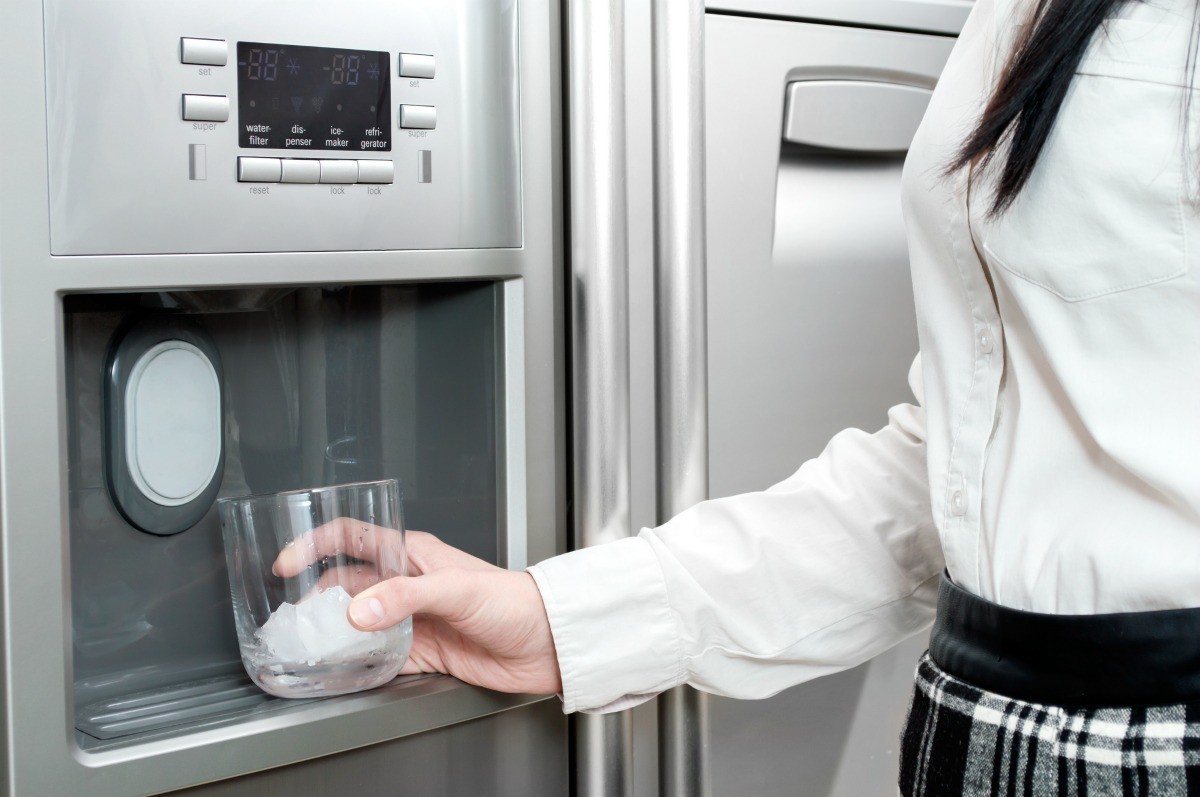
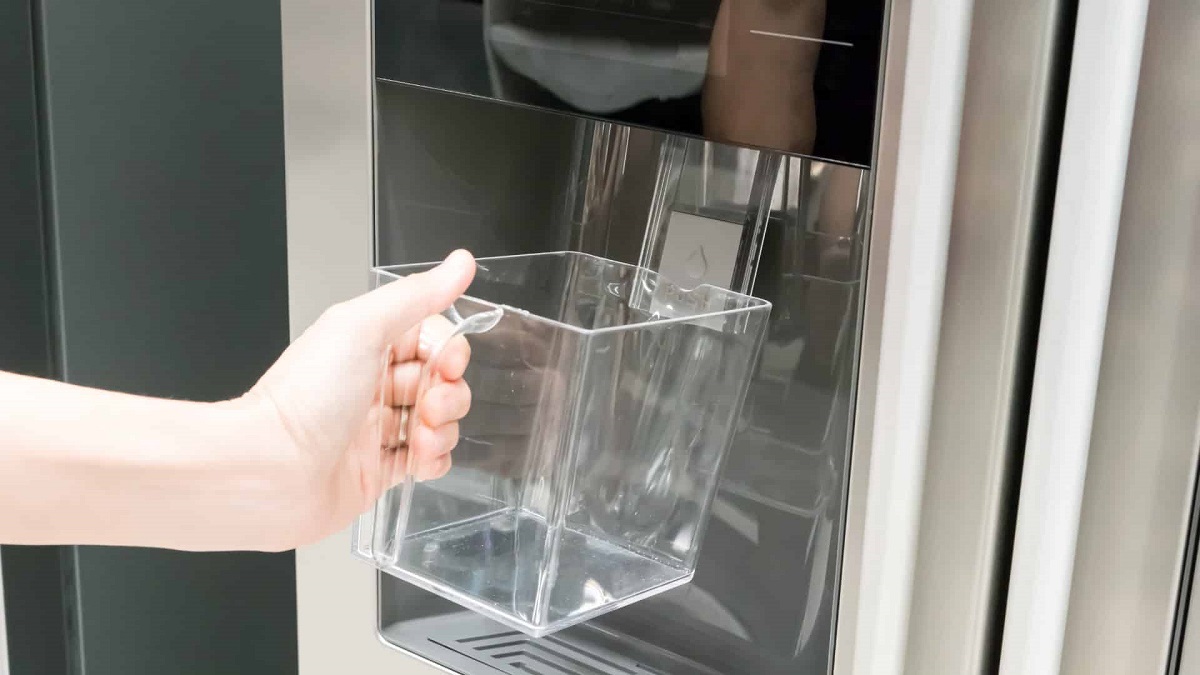
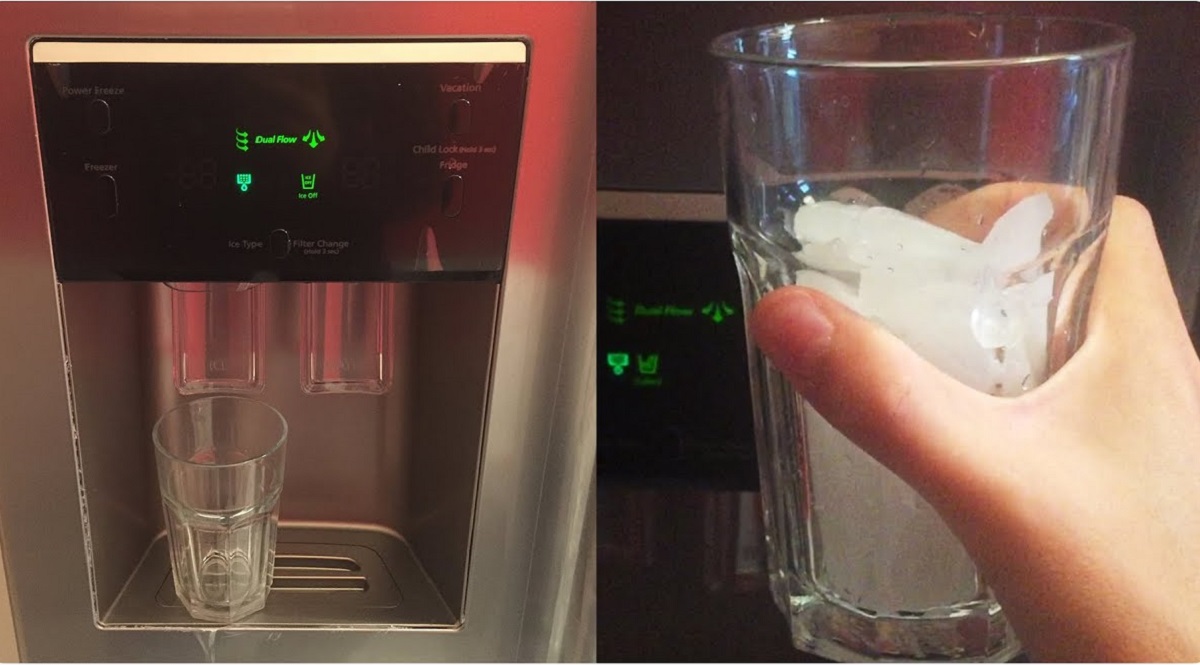
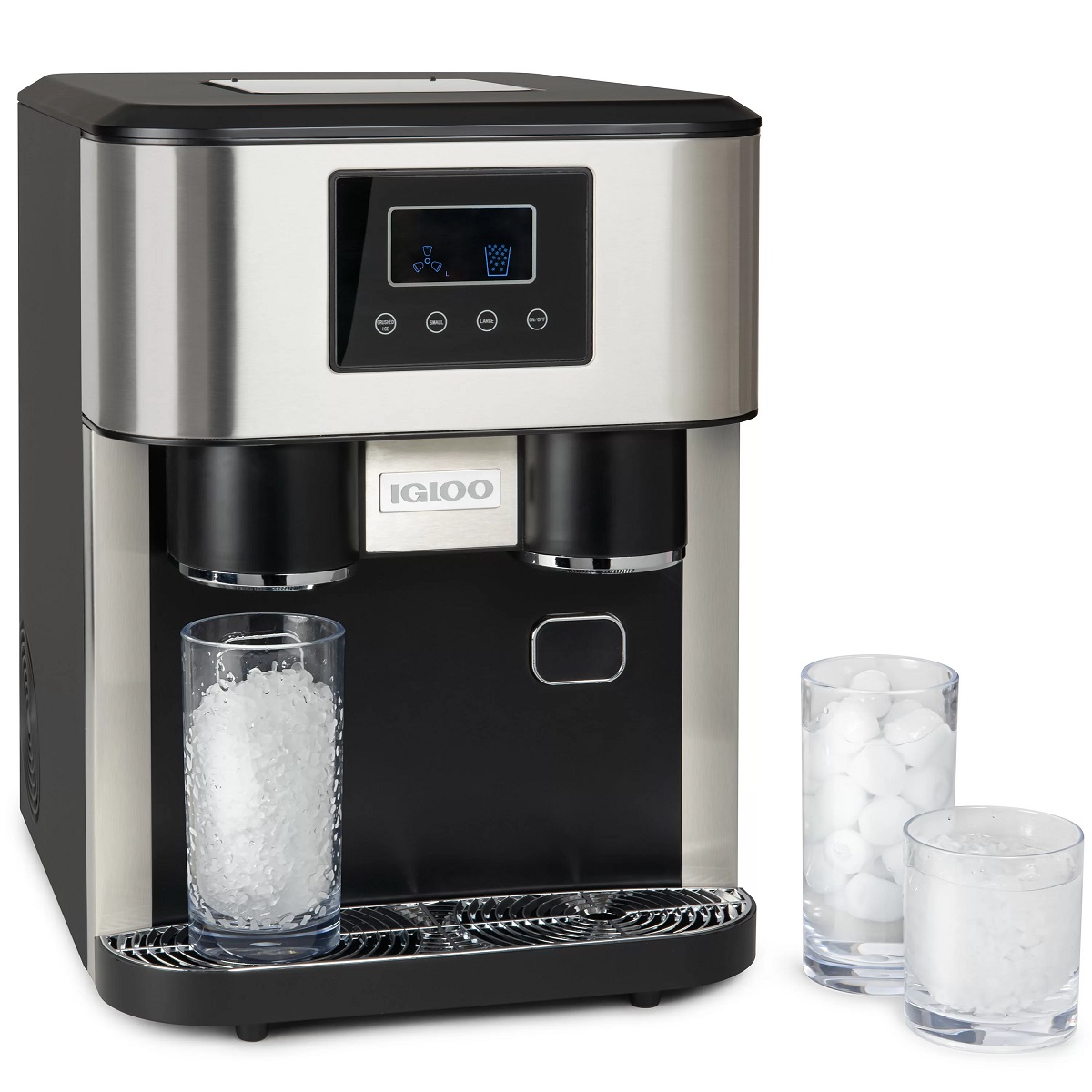
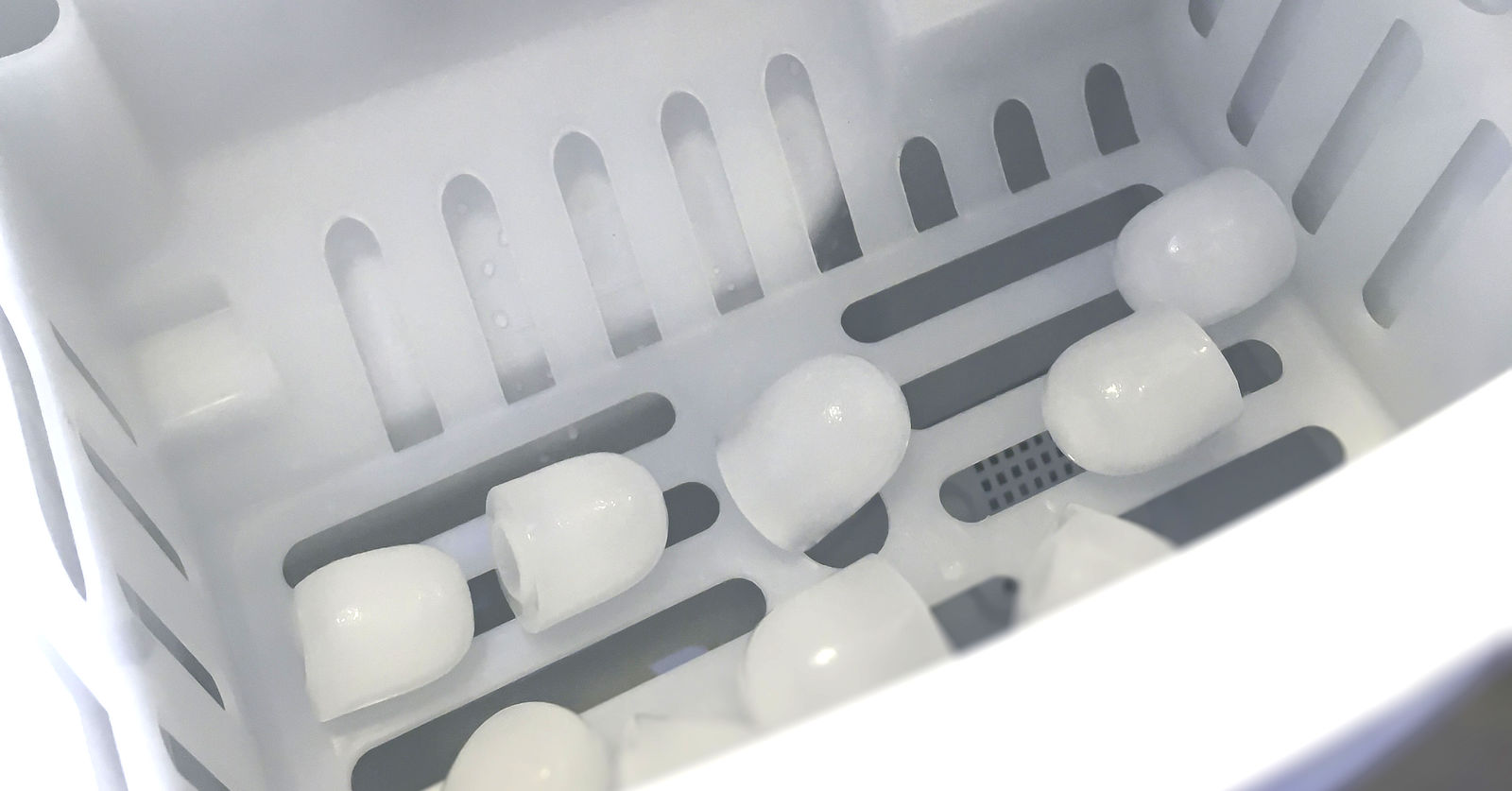
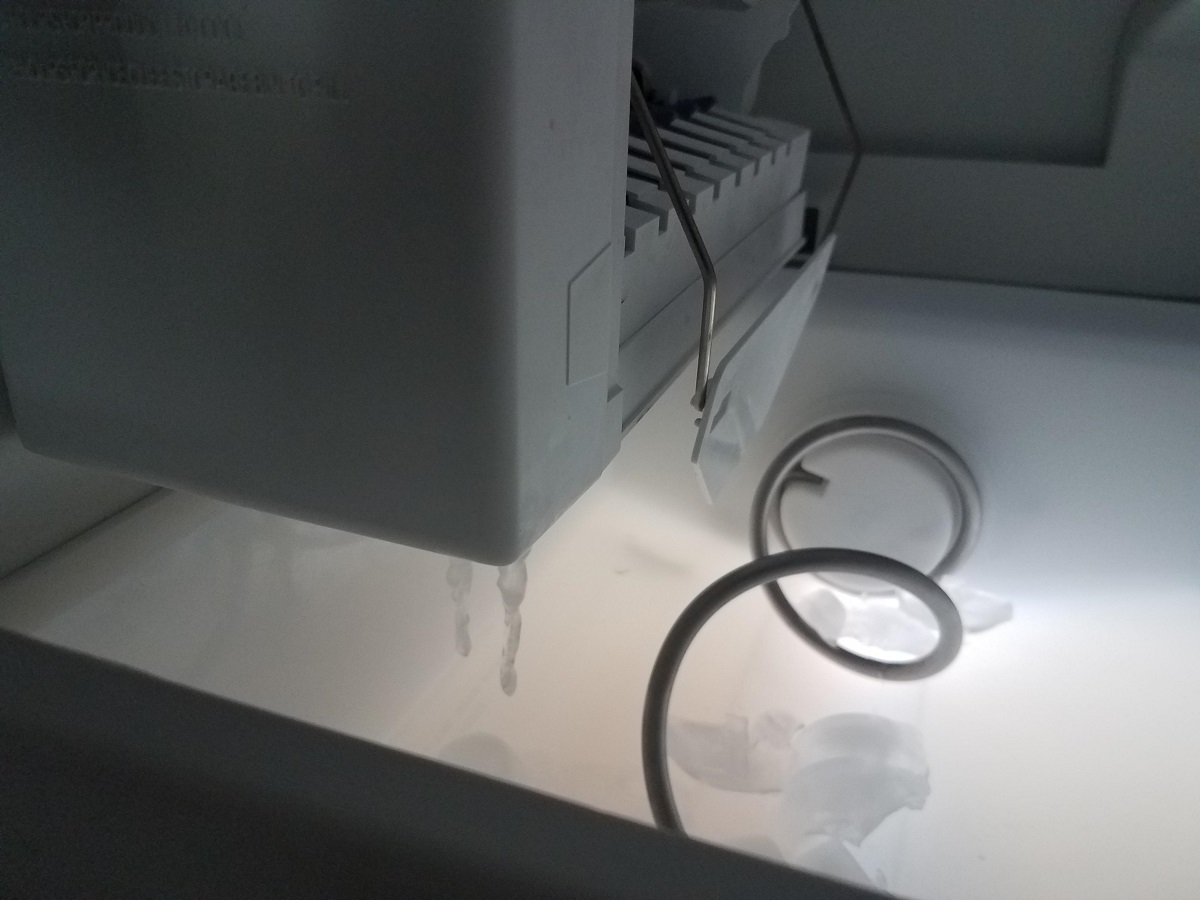
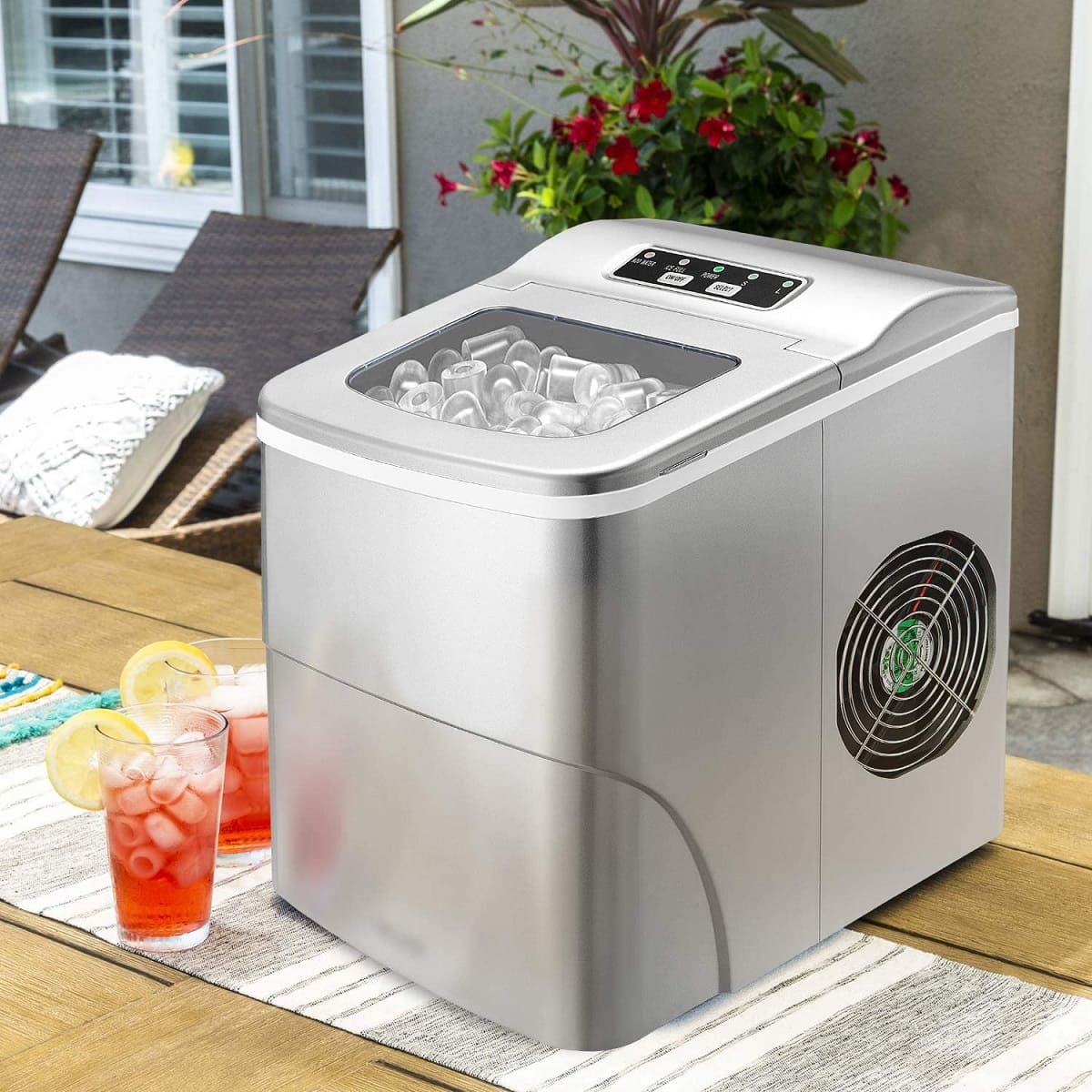
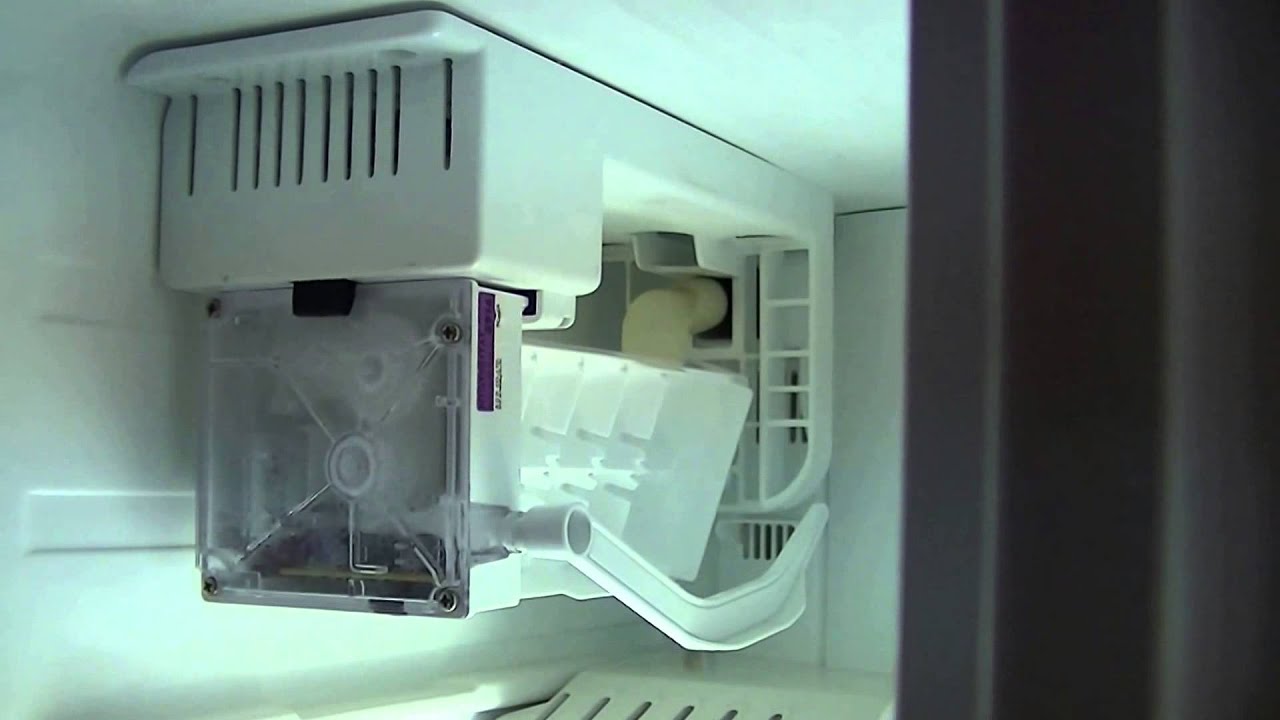
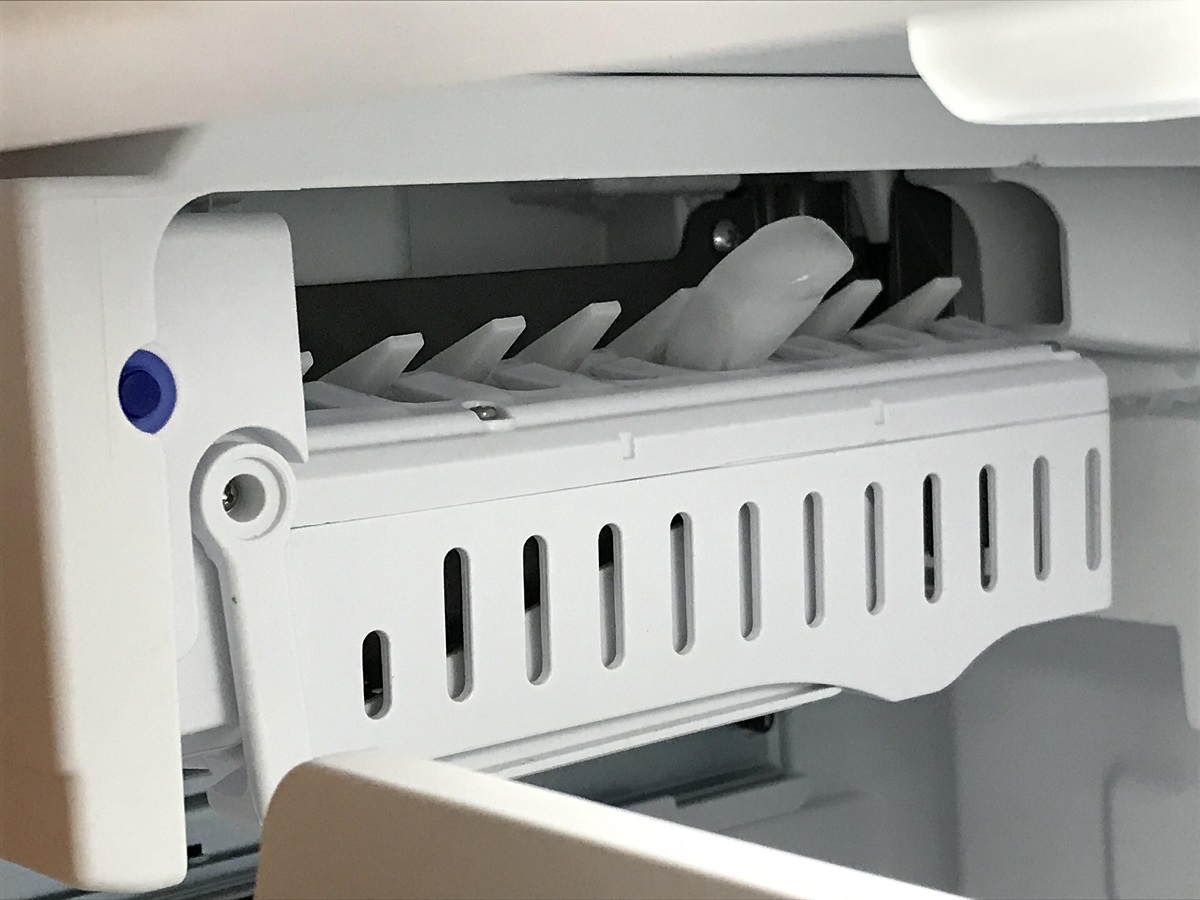

0 thoughts on “Why Does My Ice Maker Overflow”